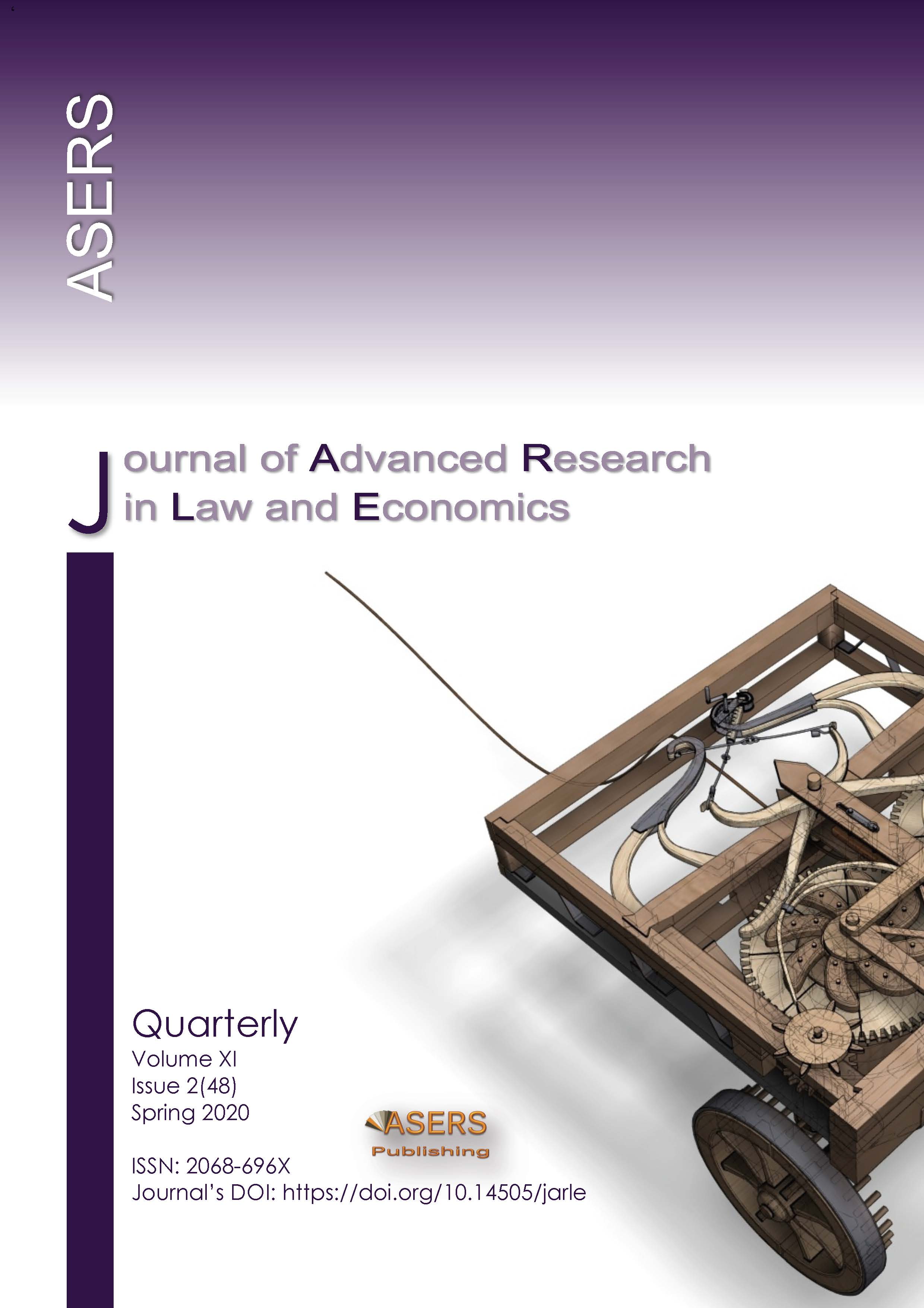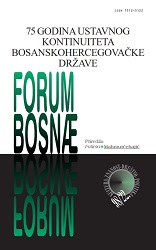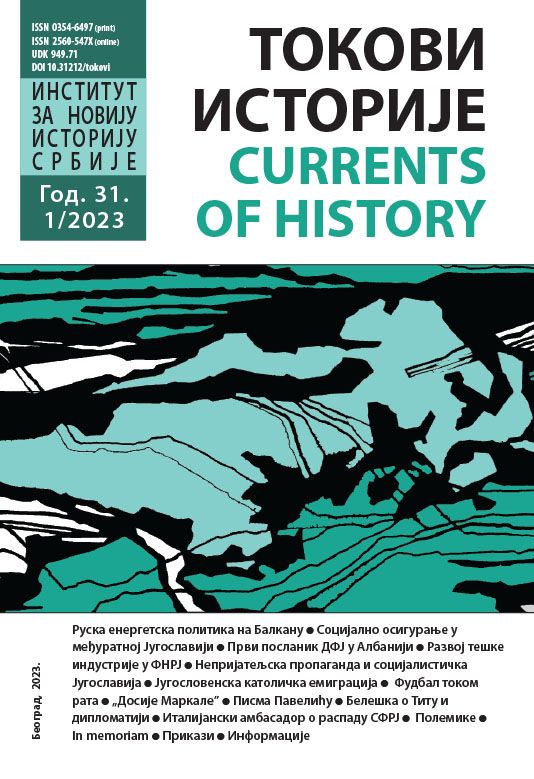
The Accelerating Public Service Policy: A Study of the Preconditions of Integrated Administrative Service of Subdistrict (PATEN) in Indonesia
The Accelerating Public Service Policy: A Study of the Preconditions of Integrated Administrative Service of Subdistrict (PATEN) in Indonesia
Keywords: policy; service; acceleration; integrated administrative service;
The purpose of this study is to determine and analyze the preconditions, as well as to provide an overview, of the acceleration of integrated administrative service of subdistrict in Karangpawitan Subdistrict, Garut District, West Java, Indonesia. This study is a descriptive study using qualitative approach. The data are collected using interview and document study. The respondents are determined using purposive sampling technique as informants and key persons. The data are then analyzed using qualitative data analysis through reduction, data presentation, and conclusion. The findings show that the preconditions of PATEN in Karangpawitan Subdistrict, Garut District, are not fully prepared. If observed from the substantive and technical requirements, the acceleration of PATEN is prepared, but from administrative requirements, it is unprepared because there is no Regulation of Regent, stipulating the service standards and job descriptions of the subdistrict personnel for the implementation of PATEN. The efforts to be carried out by the government of Karangpawitan Subdistrict in order to accelerate PATEN in Karangpawitan Subdistrict, Garut District are: (1) Implementing PATEN with full commitment in accordance with the authority delegated by the Regent to the Head of Subdistrict; (2) Developing and utilizing information technology with computerized system to facilitate access to public service; (3) Maximizing the performance of the Technical Team of PATEN in establishing cooperation and coordination with related Regional Working Unit (SKPD) to complete the implementation requirements of PATEN; (4) Providing information and socialization about PATEN to the public in order to increase public awareness to manage licensing and non-licensing services in Subdistrict; (5) Changing the mindset of subdistrict officials by promoting public demand for the quality of public services provided; (6) Applying reward and punishment to support bureaucratic reform in public service; (7) Capacity building of human resources (SDM) of subdistrict apparatus in conducting qualified public service.
More...





!["Tańcowała igła z nitką" ["The Needle Danced with the Thread"] and "Kaczka Dziwaczka" ["Dotty Duck"] in the Past and the Present. On the Process of These Works Permeating the Polish Culture and Language](/api/image/getissuecoverimage?id=picture_2021_73125.jpeg)